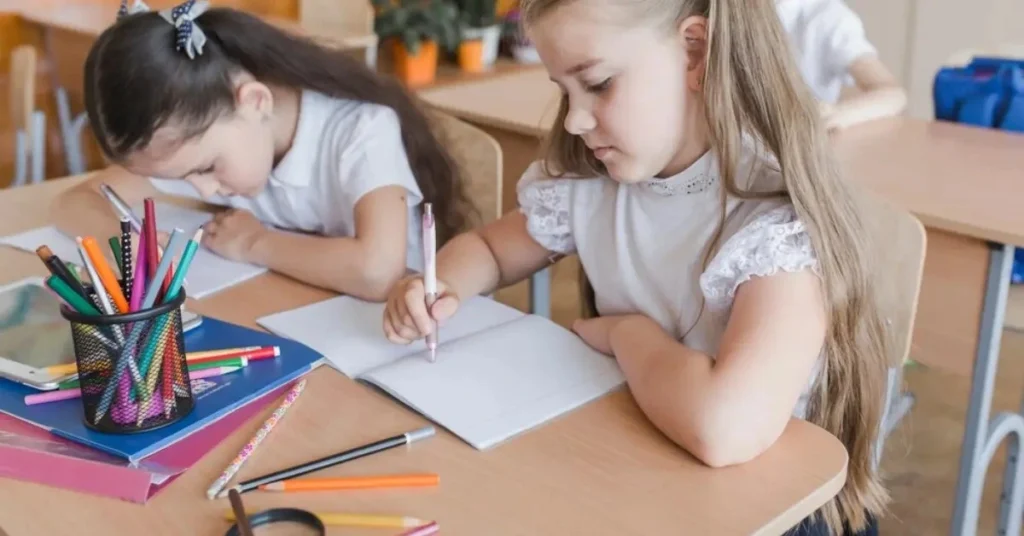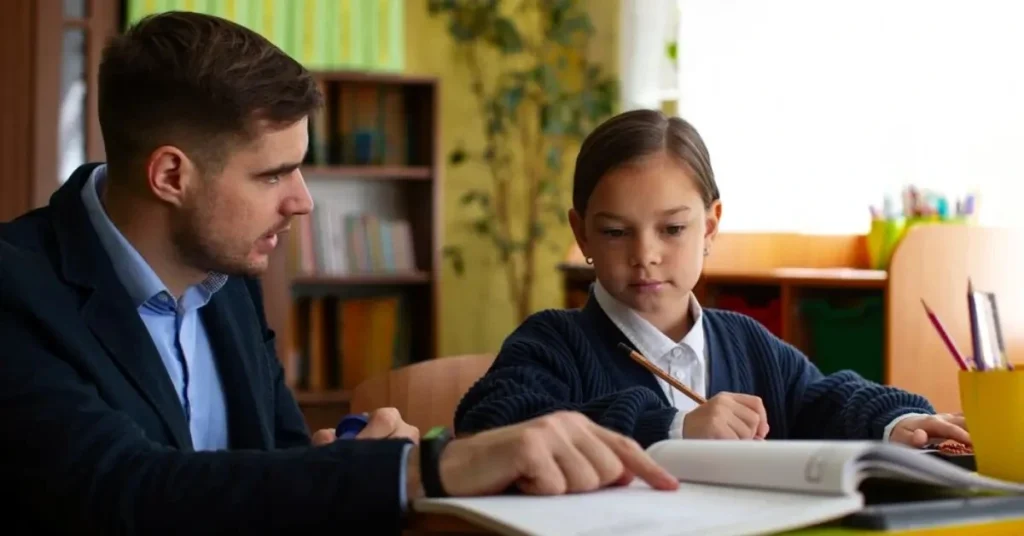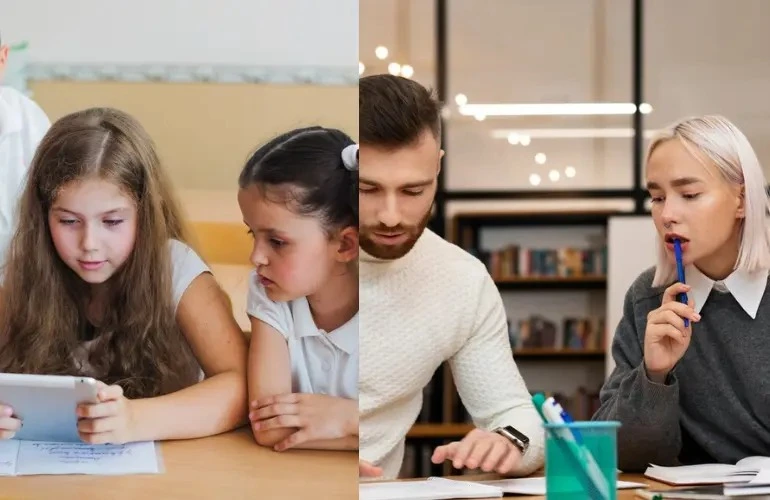When it comes to schooling, understanding the comparison of primary education vs secondary education is crucial for parents, students, and educators alike. The transition from one stage to another marks a significant shift in a child’s academic and personal development. In this article, we will explore the key differences between primary and secondary education, focusing on curriculum, teaching methods, and the overall student experience.
What is Primary Education?
Primary education, also known as elementary education, typically serves children from ages 5 to 11. This stage lays the foundation for a child’s academic journey, focusing on basic skills such as reading, writing, and arithmetic. But primary education is not just about academics; it also helps children develop social skills and a love for learning.
Key Features of Primary Education
In primary education, the curriculum is designed to be broad and balanced, covering a wide range of subjects. These include not only core subjects like mathematics, science, and language arts but also subjects like physical education, art, and music. The goal is to provide a well-rounded education that nurtures the whole child.
Moreover, teaching methods in primary schools often include interactive and hands-on activities. This approach helps young learners grasp concepts better and keeps them engaged. Teachers play a pivotal role in creating a supportive and encouraging environment, which is essential for young students’ emotional and social development. Also check more details about Difference Between Formal and Informal Education
What is Secondary Education?
Secondary education follows primary education and typically serves students from ages 12 to 18. This stage is divided into lower secondary (often called middle school) and upper secondary (high school). Secondary education is more specialized, with students being introduced to a wider range of subjects and more complex concepts.

Key Features of Secondary Education
One of the most noticeable differences between primary education vs secondary education is the increased specialization in subjects. In secondary schools, students can choose from a variety of subjects, allowing them to explore their interests in greater depth. This is a crucial time for students to start thinking about their future careers and academic pathways.
Another significant aspect of secondary education is the shift towards more independent learning. Students are encouraged to take responsibility for their studies, develop critical thinking skills, and engage in self-directed learning. This prepares them for higher education and the workforce.
Moreover, secondary education often involves a more rigorous assessment system, including exams and standardized tests. These assessments are used to measure students’ understanding of the material and their readiness for the next stage of education.
Comparing Primary Education Vs Secondary Education
You can differentiate between Primary Education Vs Secondary Education through following points:
Curriculum and Subjects
In primary education, the curriculum is more general, focusing on foundational knowledge across various subjects. However, in secondary education, the curriculum becomes more specialized, with students having the option to choose subjects based on their interests and strengths. This specialization helps students to develop a deeper understanding of specific areas of study.
Teaching Methods
Teaching methods also differ significantly between primary education vs secondary education. Primary education often employs more interactive and participatory teaching methods to engage young learners. In contrast, secondary education may involve more lectures, note-taking, and independent research. This shift in teaching methods is designed to prepare students for the demands of higher education and professional life.

Student Development and Skills
Primary education focuses on building basic academic skills and social skills, which are crucial for young children’s overall development. In secondary education, there is a greater emphasis on developing critical thinking, and problem-solving skills, and preparing students for adult responsibilities. The goal is to equip students with the skills they need to succeed in college, their careers, and life in general.
FAQs about Primary Education vs Secondary Education
What is the main difference between primary education vs secondary education?
The main difference lies in the curriculum focus and teaching methods. Primary education provides foundational knowledge, while secondary education offers specialized subjects and prepares students for higher education.
At what age does secondary education typically begin?
Secondary education typically begins around age 12, following the completion of primary education.
How does the teaching style differ between primary education vs secondary education?
Primary education often uses interactive and hands-on teaching methods, while secondary education emphasizes lectures, independent study, and critical thinking.
Why is secondary education important for students?
Secondary education is crucial for developing specialized knowledge, and critical thinking skills, and preparing students for higher education and the workforce.
Can students choose their subjects in secondary education?
Yes, secondary education usually offers students the opportunity to choose subjects based on their interests and career goals, allowing for greater specialization.
Conclusion
In conclusion, primary education vs secondary education serve distinct yet complementary roles in a child’s educational journey. Primary education lays the groundwork, focusing on foundational skills and overall development. Secondary education builds on this foundation, offering specialized knowledge and preparing students for the challenges of higher education and the workforce. Understanding these differences can help parents and students navigate the educational landscape more effectively.
For more information on the differences between primary and secondary education, you can visit this educational resource or explore this comprehensive guide.











